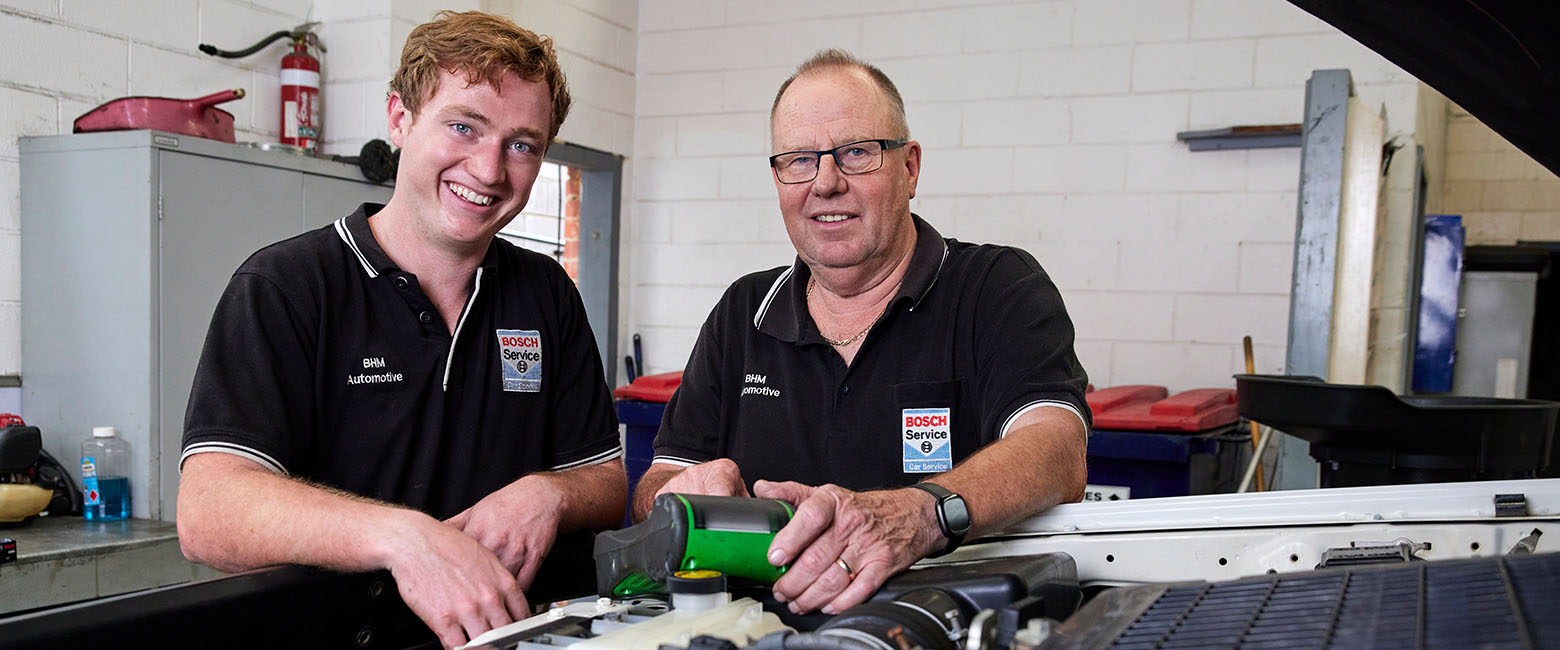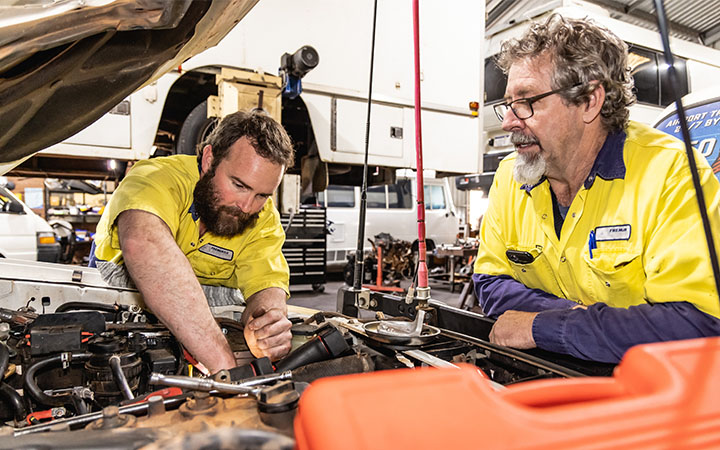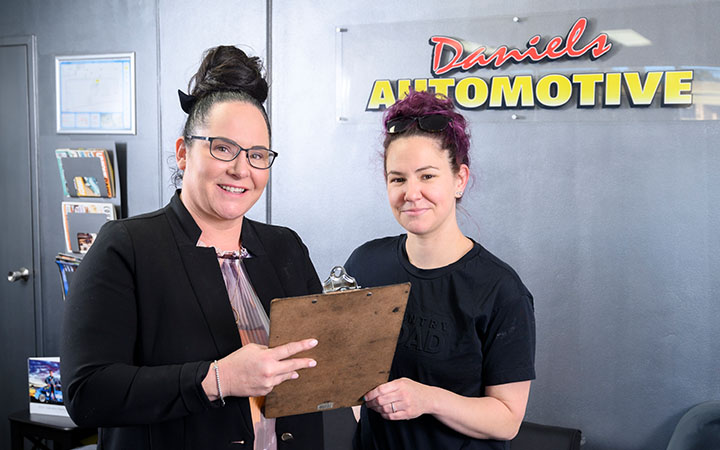But what do their announcements mean for your business? And for the automotive industry more broadly?
In Australia, the main headlines were around $16 billion in tax cuts to small and medium-sized businesses (SMEs) over the next few years. The Government also extended tax incentives to encourage businesses to invest in equipment and machinery.
New Zealand’s “Wellbeing Budget”, as the Government labelled it, contained very little in terms of big-ticket items for SMEs. However, the extra, almost $280 million going towards vocational training may help give a much-needed boost to the number of apprentices joining the industry.
Analysing the budget announcements, Capricorn Chief Financial Officer Wes Smith said Australia’s budget should be seen as a positive one for Members, as it will build on measures implemented over the past 12 months. And will encourage SMEs to play a lead role in Australia’s economic recovery.
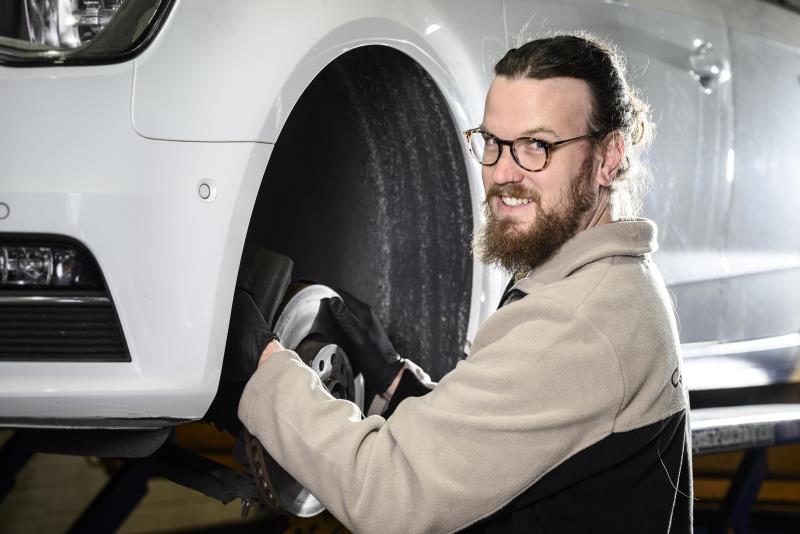
He also welcomed additional funding for training and apprenticeships in both countries. The Australian Government has allocated $2.7 billion to extend the Boosting Apprenticeship Commencements program, which is a wage subsidy to reimburse businesses up to $7,000 per quarter for 12 months, for taking on new apprentices.
“This makes it more affordable for Members to bring on new talent into the industry,” Wes said. “While it is difficult to predict whether this will have a positive influence on the aftermarket labour shortage, the Government are making it easier for businesses to bridge gaps in skill sets. And that is a step in the right direction.
“This presents an opportunity for Members to bring new workers into the industry at a significantly reduced cost.”
Wes also said the automotive aftermarket had performed “incredibly well” in both Australia and New Zealand throughout the pandemic. He said that was due to:
- An increased car-parc
- Traveller staycations increasing vehicle usage in the midst of national and international border restrictions, and
- Consumers holding onto their vehicles for longer (whether that be due to limited vehicle availability or the financial uncertainties of the future impacting new car purchases).
“This should remain relatively steady in the shorter term, providing external circumstances remain unchanged,” Wes said. “However, geographical and technological developments are expected to have an enduring effect on the automotive aftermarket industry in the medium-longer term.
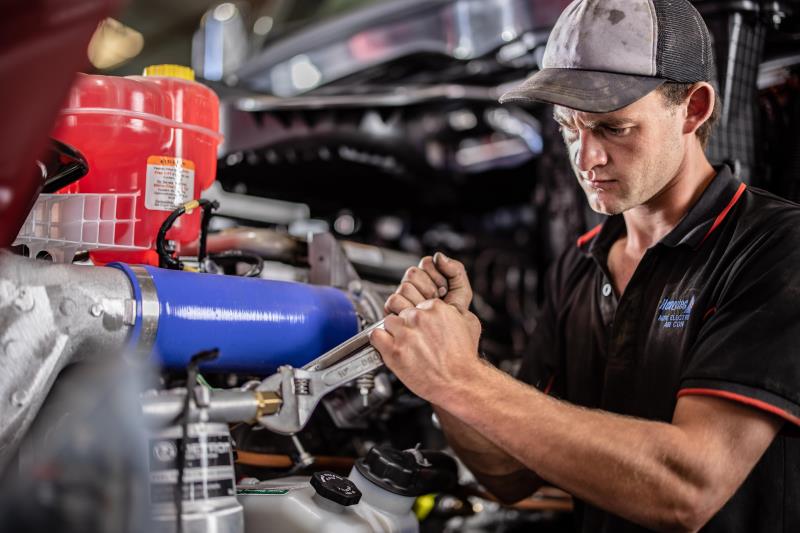
“The changing make-up of vehicle types on the road presents a challenge for the automotive aftermarket in a post-pandemic world. While shifts in both the way vehicle sales are conducted and what exactly is being sold makes the impact of these changes difficult to predict, we will not likely see rapid uptake of new technologies without Government support.”
The New Zealand Government had been predicted to introduce a “feebate” program, which makes electric and low-emission vehicles cheaper to buy and petrol and diesel vehicles more expensive, but this was not announced. However, there is a $302 million pot of money set aside as “a regime to incentivise the uptake of low-emissions vehicles”, which some have suggested could mean “feebate” is still on the cards.
Wes said Members should think about what the budgets mean for their business and, “where possible, take advantages of SME budgetary incentives to best position themselves for the future.”
This article is for the purpose of information only and does not constitute financial or taxation advice. It is important for Capricorn Members to seek the advice of the appropriate professional in relation to their specific circumstances.
